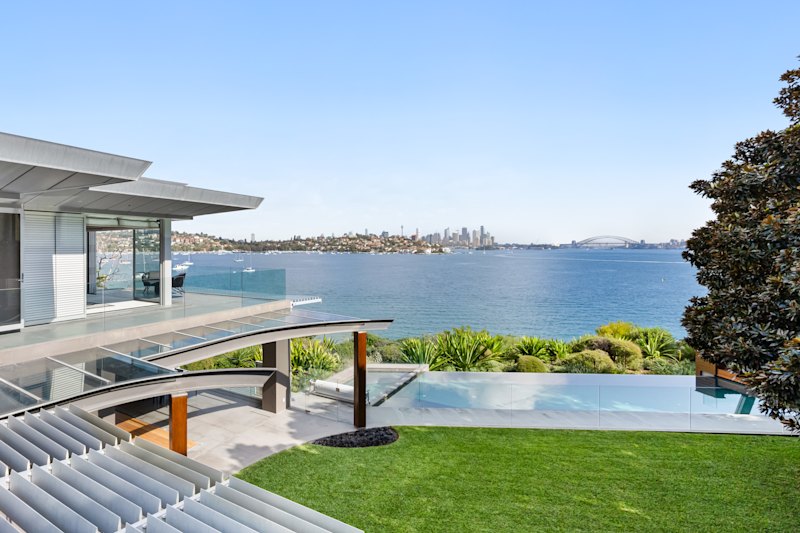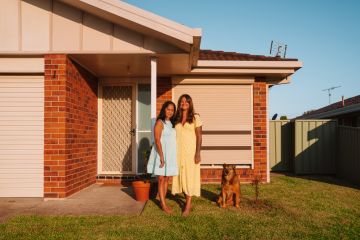Does modern living mean death for the dining room?

Raise a glass in memory of the formal dining room.
The separate dining room, where generations have enjoyed Sunday roasts and Christmas lunches, is becoming obsolete.
Modern design dictating flexible, multi-use spaces, has expedited the death of the traditional dining room, now joining corner jacuzzis, tennis courts and sunrooms in vanishing from floor plans.
The dining room is a relic of more traditional way of life. Set aside the good china, because now, dinner parties are more casual affairs.
Superfluous, unused rooms are an extravagance these days, architect Nicholas Murray said.
Murray, known for his work melding period homes with contemporary extensions, including a record-breaking $12 million Albert Park property, did not have a stand-alone dining room at his address in Melbourne’s Armadale, which he sold last year.
The movement towards energy efficiency spelt the end of sunrooms after the 1980s and 90s, and more recently, the butler’s pantry trend has caused dining rooms to be cut from new builds and renovation floor plans.
The kitchen island bench was once utilitarian, for cutting, preparing and making a mess, but thanks to butler’s pantries fulfilling that role, it’s now a social hub and design statement.
“It has replaced the formal dining table for 90 per cent of meals,” Murray said.
“People even don’t like having their sink in the island bench – they prefer to have their sink in the back bench, so the island bench is almost like a standing table.
“In new homes, it is rare to build a formal dining room.
“The big formal dining occasion in this country is Christmas, and everyone seems to eat outside.”
Sandringham home owner Jane Brent does not have a formal dining room in her stylishly renovated property at 4 Jennings Street, which Kay & Burton agent Bert Geraerts is sending under the hammer next Saturday.
Ms Brent said a dining room was “lovely in principle” but would get little use.
“Like most people these days, living is very casual, and for so many, entertaining is going out to a restaurant of an evening,” Ms Brent said.
The heart of Ms Brent’s home is the generous kitchen island bench and adjoining meals area, where she likes to entertain.
Sydney architect and interior design guru Jeremy Bull, of firm Alexander & Co, said disappearing dining rooms and the emphasis on open-plan living was due to financial and space constraints.
“My personal experience is that more than anything, open-plan is a necessity because of the compacting of space and the value of square meterage,” he said.
“A dining room is rarely number one on the list of the brief, and it is usually first to get squeezed because it is not a perennial space.
“But it is my belief that if we had the space, we’d probably all be maintaining a dining room. And for clients with more space and the budget, it is something that we try to hold on to.”
Murray said his high-end clients who wanted to keep a dining room in their older, period home were giving them a renewed purpose as a study or library.
“That way you can keep the table in the middle, because it functions as a place to write, draw and do work,” he said.
Murray said land values were so high that tennis courts have become another disappearing luxury.
“Tennis courts are being carved off and subdivided at a lot of properties, but I think in Toorak for instance, people still build tennis courts,” he said.
“I suggest they hardly get any use, and if you worked out how much each game of tennis costs you, it’d be horrendously high.”
We recommend
We thought you might like
States
Capital Cities
Capital Cities - Rentals
Popular Areas
Allhomes
More







